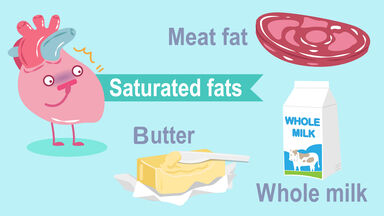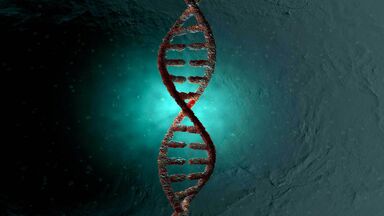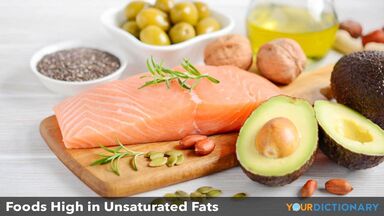There are polymers which have hardly any inter-relations other than identity in composition; on the other hand, there are others which are related by the possibility of mutual transformation; examples of this kind are cyanic acid (Cnoh) and cyanuric acid (Cnoh) 3, the latter being a solid which readily transforms into the former on heating as an easily condensable vapour; the reverse transformation may also be realized; and the polymers methylene oxide (CH 2 O) and trioxymethylene (CH20)3.
Dry chlorine gas passed into melted urea decomposes it with formation of cyanuric acid and ammonium chloride, nitrogen and ammonia being simultaneously liberated.
They are readily decomposed by alkalis, yielding cyanuric acid and ammonia.
When heated strongly it is decomposed into ammonia and cyanuric acid.





